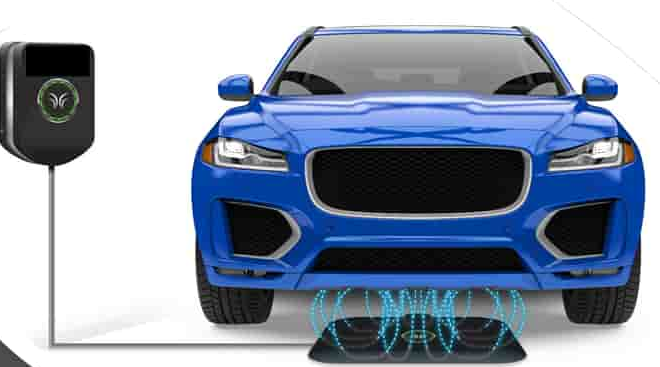There are two issues here:
- Will it work?
- Does it have a good use case?
First, let me explain what it is. If you have a cellular phone that can be charged by just placing it on a charger with no wire connections, you already know what it is. The charger unit has a powered coil in it. Energy is induced into the receiving coil in your phone. There is a bit more electronics needed but that’s the idea. With a car you would need a receiving coil in the car and then coils where you want to charge it.
The good news is, yes, it works. A phone charger may be only 15 watts and you need a thousand or more times that power level to make to charge a car but the technology scales. It is also very efficient.
The bigger issue is use cases. Clearly just adding charger coils to every highway would not be practical. In addition, it would be relatively hard (but not impossible) to handle the billing for people using the charging infrastructure. So, at least for now, scratch that use case.
Things that make the most sense would be chargers where the vehicle is stationary. For a public system, such chargers could be installed in parking lots. You could just park in a “charger stall” and use your phone to initiate charging.
For buses there is an easier use case. Put inductive chargers at bus stops. We are not talking public chargers — just a controlled system for the bus company. You wouldn’t need the chargers at every bus stop. On most bus routes buses spend more time at certain stops. For example, the bus route closest to my home only has five stops but most of its topped time is at two of the stops.
As electric buses become more popular I can see the last case becoming the norm.



